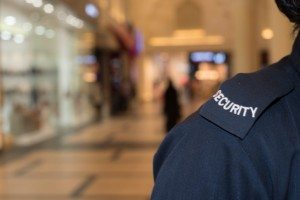REAL ID Coming to Federal Buildings
The 2005 REAL ID Act prohibits federal agencies from accepting driver’s licenses and IDs that do not meet standards set by DHS. One purpose of the REAL ID Act was to strengthen the security of federal facilities from terrorist attacks.
The act established minimum security standards for license issuance and production and prohibits federal agencies from accepting for certain purposes driver’s licenses and identification cards from states not meeting the act’s minimum standards. The purposes covered by the act are: accessing federal facilities, entering nuclear power plants, and, no sooner than 2016, boarding federally regulated commercial aircraft.
“One of the Department of Homeland Security’s priorities is the protection of federal employees and private citizens who work within and visit US government-owned or leased facilities,” the guidelines state. “The Interagency Security Committee (ISC), chaired by DHS, consists of 54 federal departments and agencies, and has as its mission the development of security standards and best practices for nonmilitary federal facilities in the United States.”
The new DHS guideline clarifies how identity card clearances are to be uniformly applied to protect federal employees and private citizens who work within and visit these buildings.
According the Government Services Administration, there are 275,195 buildings that are owned and leased by the federal government as of 2014. But there’s only been REAL ID enforcement at 217 of these buildings. This next phase of enforcement will include “semi-restricted” federal facilities with Federal Security Levels 3, 4 or 5. Federal buildings where no ID checks currently occur — like museums, benefits offices and government hospitals — will not be among those covered by the increased enforcement, according to DHS.
Read More: REAL ID Coming to Federal Buildings

